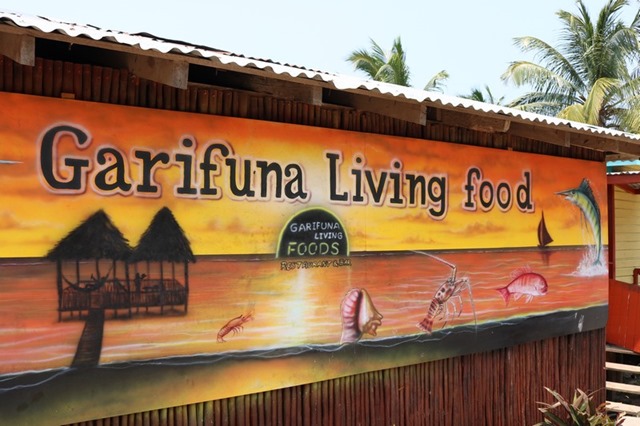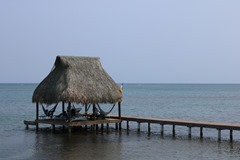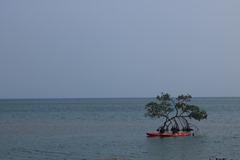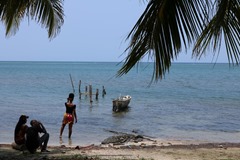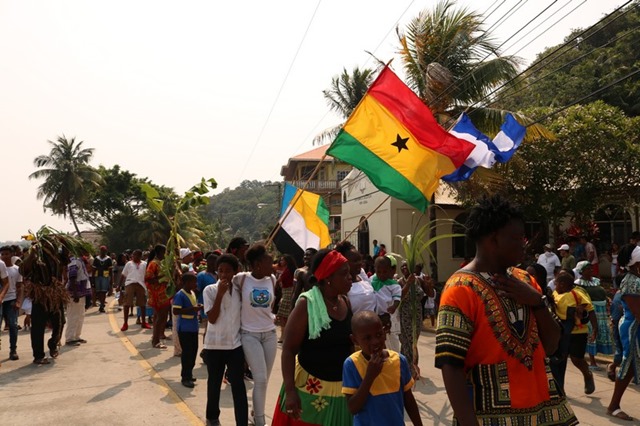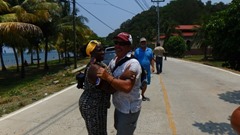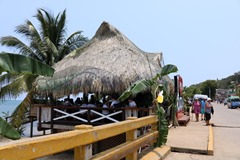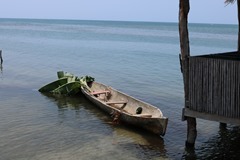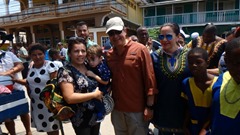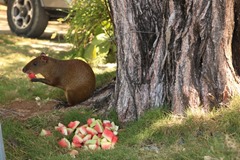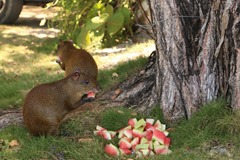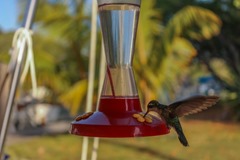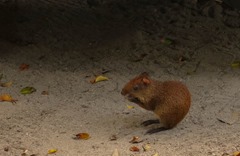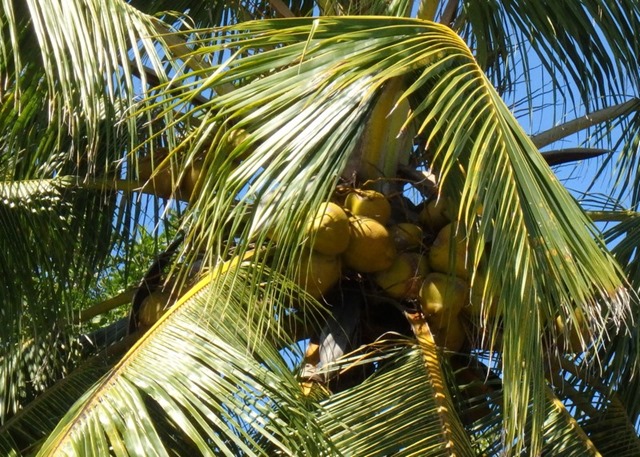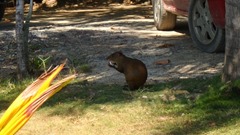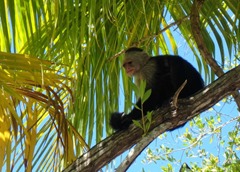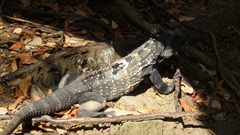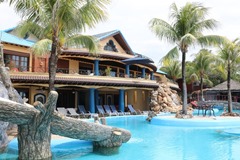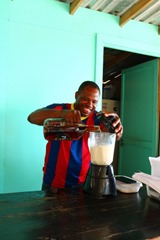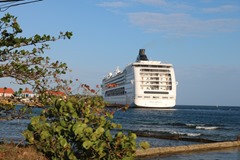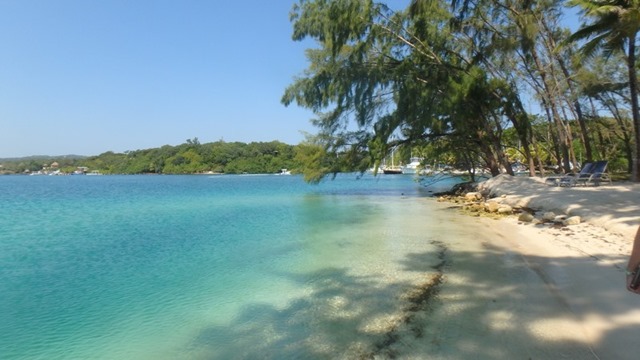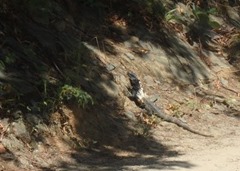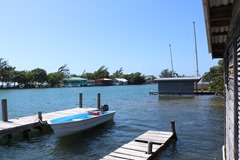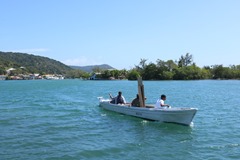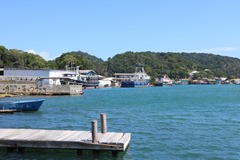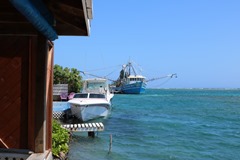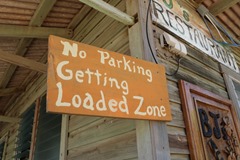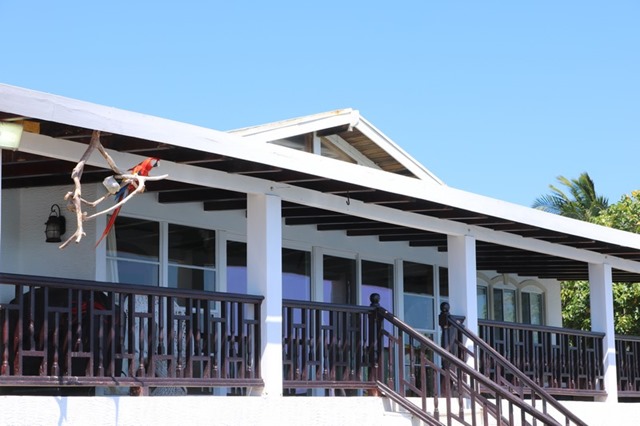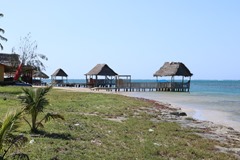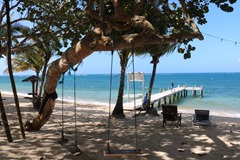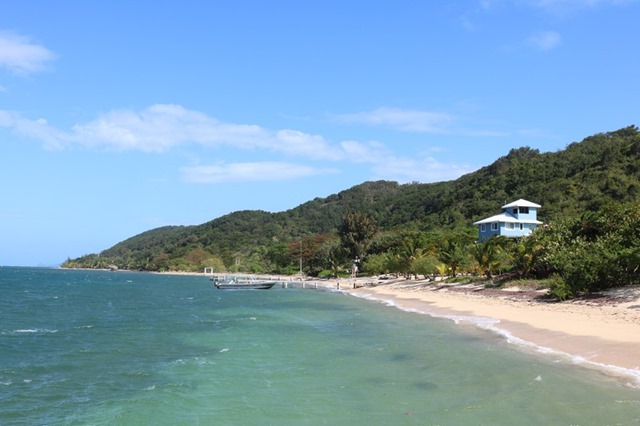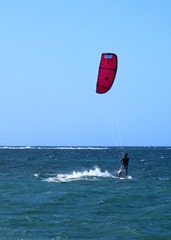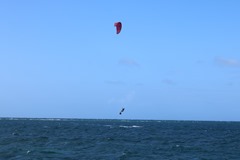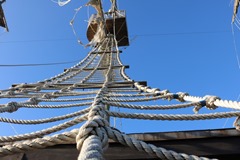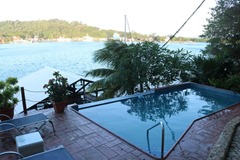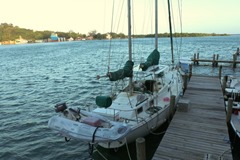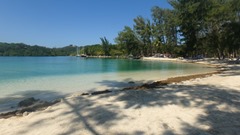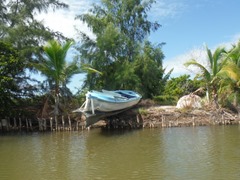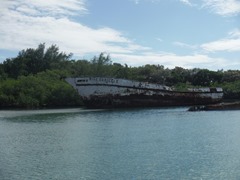A beautiful part of our multi-ethnic culture her in Roatan, are the Garifuna,s. Never enslaved and only slightly Christianized, the Garifuna,s retain much of their original African culture and spiritual practices. They offer an authentic live glimpse into 18th Century African folklore and traditions.
A fascinating element of Roatans’ history relates to the arrival of the Garifuna people. They trace their ancestry back to a slave ship that wrecked on the reefs off the island of St. Vincent [Lesser Antilles] in the early 18th Century. As a result of intermarriage, the Garinagu [this is what the Garifuna,s call themselves in their own language] are a mixture of African, Arawak, and Carib genes. When the British took over Saint Vincent after the Treaty of Paris in 1763 They were opposed by French settlers and their Caribs allies. The Carib eventually surrendered to the British in 1796 The British separated the more African looking Caribs from the more indigenous looking ones. Five thousand Black Caribs were exiled to Rotan, but only about 2,500 of them survived the voyage. The village of Punta Gorda in Rotan was the first Garifuna village and remains today a proud bastion of the unique cultural heritage and traditions cultivated by the Garifuna people.
Last weekend we attended the 222nd anniversary of the landing, at the small village of Punta Gorda. We watched the parade, listened to the music, and even had the chance to meet the president and First Lady, of Honduras, who also attended the event. It was a great day……
